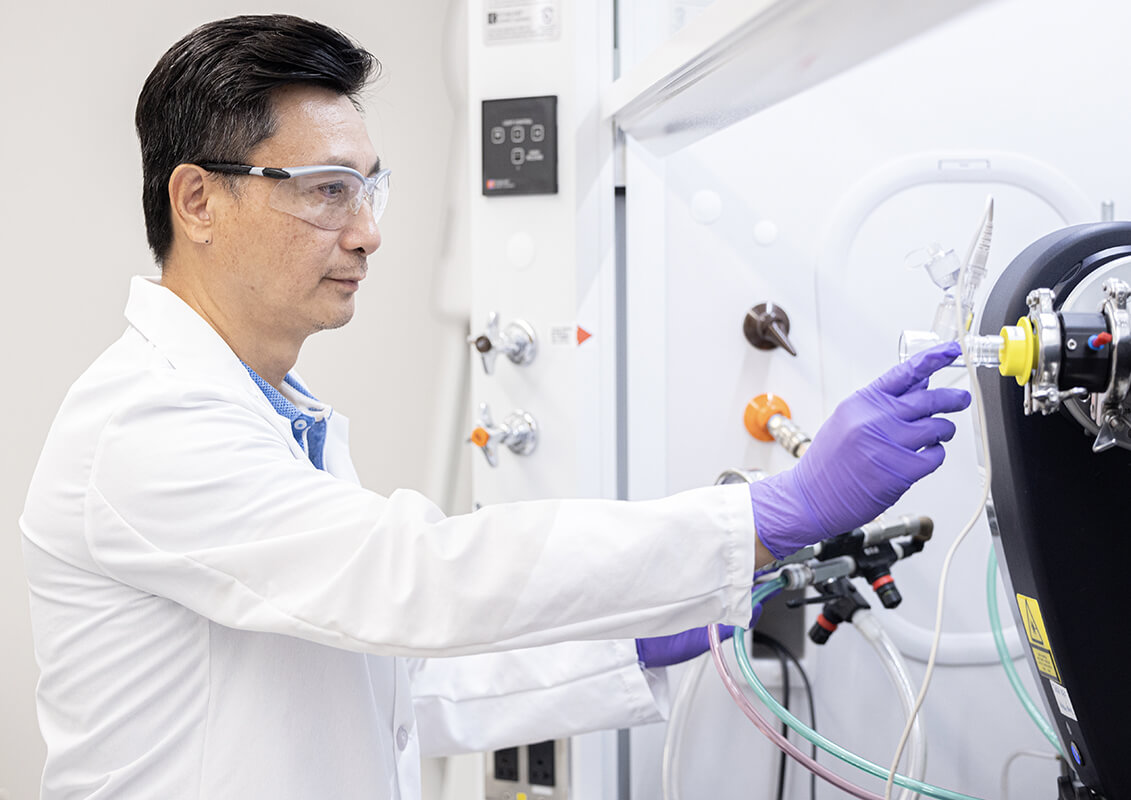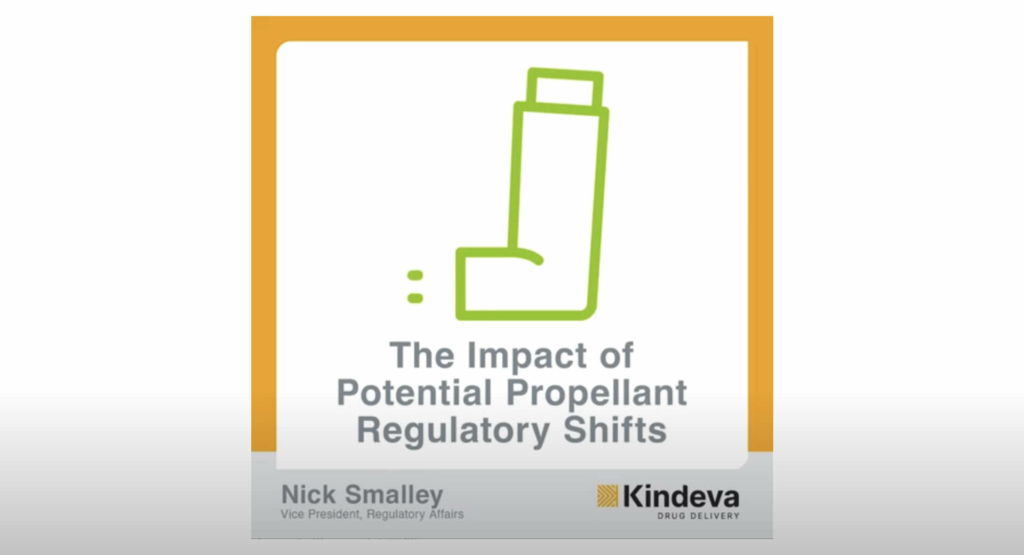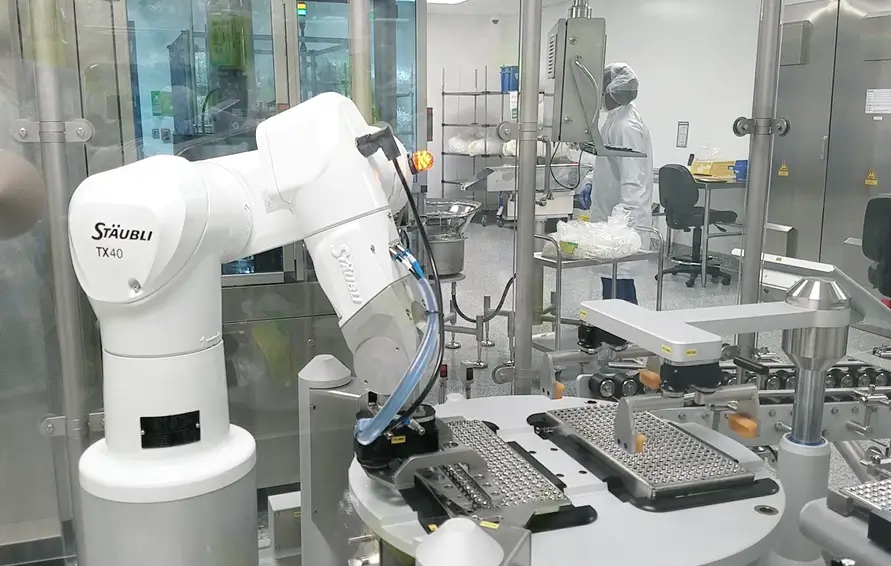As a global CDMO leader in drug-device combination products, Kindeva Drug Delivery supports pharma and biotech clients with the development and manufacturing of a full spectrum of pulmonary & nasal drug delivery products for respiratory and systemic diseases. We determine the best option for your therapy by following a detailed process, offering both device-agnostic and turnkey solutions.
We deliver industry-leading phase appropriate analytical methods, hardware design, and inhalation formulation in both small and macromolecules for pulmonary & nasal products. From early-stage device selection and formulation design through all stages of product testing and process development, cGMP scale-up, and commercialization, combine forces with Kindeva to optimize your first-in-human timeline and maximize your drug-device product success.
Our pulmonary & nasal platform technologies
Choosing the best inhalation device for your drug is vital for creating an effective therapy, which is why we follow a detailed process to help determine the optimal option.

From dry powder inhalers to green propellants: Create exceptional products
Our expertise in pulmonary & nasal products offers an array of technical and operational benefits:
- Lab-scale and commercial experience formulating stable products
- Formulations ranging from small molecules to macromolecules
- Particle engineering & raw material screening
- Phase appropriate method development & GMP validation
- Globally minded regulatory and leadership
- Expert data analysis and interpretation
- Expert analytical method development
- Automated filling and packaging lines
- Pressure and cold pMDI filling capabilities
- Micronization and powder handling technologies
- Small-to-large order packaging flexibility
Pulmonary biologics
As industry-leading experts in the pulmonary biologics space, our renowned team does an evaluation of your product needs and timeline, then offers a flexible, fast, cost-effective strategy for fulfillment. Our extensive experience and advanced capabilities provide speed and quality for early feasibility studies, and we serve multiple molecule classes with a primary container agnostic approach to accelerate first-in-human trials. Kindeva gets your pulmonary biologics combination product right — the first time.

Generic products
We have a rich and proven heritage in the generic medicine space, characterizing and developing equivalent options for complex therapies and extending access to more patients. Kindeva Drug Delivery launched first FDA-approved generic version of Symbicort® within the U.S. (Breyna™) as well as a generic alternative to Seretide ® in the U.K. (Sirdupla™).
Why Kindeva for your pulmonary & nasal needs?

Ready to get started?
Whether you are determining ideal delivery and dosage or looking to scale sterile manufacturing and fill-finish operations, combine forces with Kindeva throughout your process to minimize risk with proactive, informed solutions that accelerate every stage of your product’s pathway.

